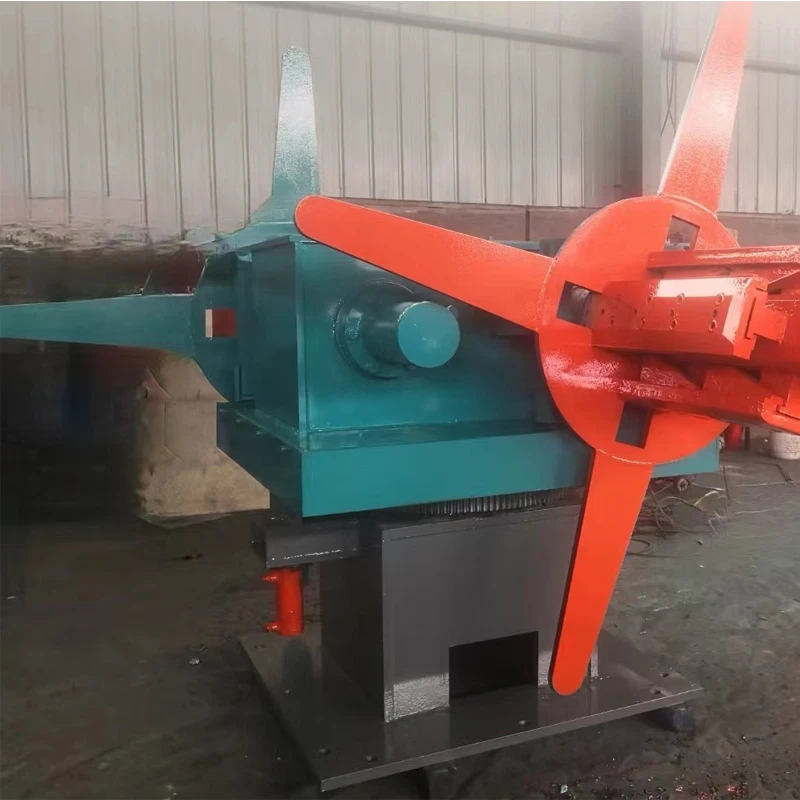hydraulic sheet cutting machine
Revolutionizing Manufacturing with Hydraulic Sheet Cutting Machines
In the world of manufacturing and industrial applications, precision and efficiency are paramount. One of the most significant advancements in this field has been the development of hydraulic sheet cutting machines. These machines have transformed how metal sheets and other materials are processed, providing unparalleled accuracy, speed, and versatility.
Understanding Hydraulic Sheet Cutting Machines
Hydraulic sheet cutting machines utilize hydraulic power to drive blades that cut through various materials, including metal, plastic, and composites. The core principle lies in Pascal’s law, which states that pressure applied to a confined fluid is transmitted uniformly in all directions. This allows hydraulic systems to generate substantial cutting force with relatively minimal input, making them highly effective for heavy and thick materials.
The hydraulic cutting process typically involves a controlled operation where the operator can set the desired cutting dimensions and parameters. After positioning the sheet material, the hydraulic press applies pressure via a series of pistons, ensuring a clean and precise cut. Most hydraulic sheet cutting machines come equipped with safety features, such as blade guards and emergency shut-off systems, ensuring operator safety during the cutting process.
Advantages of Hydraulic Sheet Cutting Machines
1. Precision and Accuracy Hydraulic cutting machines offer exceptional accuracy due to their controlled pressure application and robust design. This precision reduces material waste and ensures that the final product meets the required specifications. Operators can achieve intricate cuts that are crucial for components in automotive, aerospace, and manufacturing industries.
2. Efficiency and Speed The hydraulic system can operate at high speeds while maintaining cutting quality, significantly reducing production times. This efficiency is critical in environments where time is money, and manufacturers are under pressure to meet tight deadlines.
3. Versatility Hydraulic sheet cutting machines can handle a wide array of materials, including various thicknesses of metal, plastics, and composites. This versatility makes them suitable for diverse industries ranging from automotive to construction. Additionally, the ability to adjust cutting parameters allows operators to switch easily between different materials and thicknesses.
4. Robust Design and Longevity Hydraulic machines are built to withstand considerable stress and heavy-duty usage. Their robust design often results in lower maintenance costs and longer lifespans, providing manufacturers with a reliable tool for their operations.
hydraulic sheet cutting machine

5. Reduced Labor Costs With the automation and efficiency of hydraulic cutting machines, companies can reduce the manpower required for sheet cutting tasks. This translates to significant labor cost savings and allows skilled workers to focus on more complex tasks that require human intervention.
Applications in Industries
Hydraulic sheet cutting machines are prevalent in various industries, including
- Automotive Cutting metal sheets for vehicle parts ensures that components meet stringent safety and performance standards.
- Aerospace Precise cutting of lightweight materials is essential for manufacturing parts that contribute to the overall efficiency and safety of aircraft.
- Construction Hydraulic machines allow for the cutting of large sheet materials used in building structures, making the construction process more efficient.
- Manufacturing General fabrication operations rely heavily on these machines for producing components used in different products, ranging from machinery to consumer goods.
Conclusion
The evolution of hydraulic sheet cutting machines has marked a significant milestone in the manufacturing sector. With their ability to combine speed, efficiency, and precision, they have become indispensable tools across various industries. As technology continues to advance, we can expect further refinements in hydraulic cutting systems, potentially incorporating features like automation and AI to enhance operational efficiency further. Embracing this technology will not only streamline production processes but also pave the way for innovations that can drive new possibilities in manufacturing and beyond. As industries strive for higher efficiency and lower costs, hydraulic sheet cutting machines will undoubtedly remain at the forefront of engineering advancements.
-
High Frequency Straight Seam Welded Pipe Production Line-BzZhou Xinghua Machinery Equipment Manufacturing Co., LTD.|line pipe steel&welded gas pipeNewsJul.30,2025
-
High Frequency Straight Seam Welded Pipe Production Line-BzZhou Xinghua Machinery Equipment Manufacturing Co., LTD.|High Precision&Automated SolutionsNewsJul.30,2025
-
High Frequency Straight Seam Welded Pipe Production Line - BzZhou Xinghua Machinery Equipment Manufacturing Co., Ltd.NewsJul.30,2025
-
High Frequency Straight Seam Welded Pipe Production Line-BzZhou Xinghua Machinery Equipment Manufacturing Co., LTD.|Precision Welding, High EfficiencyNewsJul.30,2025
-
High Frequency Straight Seam Welded Pipe Production Line|BzZhou Xinghua|Precision Welding&EfficiencyNewsJul.30,2025
-
High Frequency Straight Seam Welded Pipe Production Line - BzZhou Xinghua|Precision Engineering&EfficiencyNewsJul.30,2025


